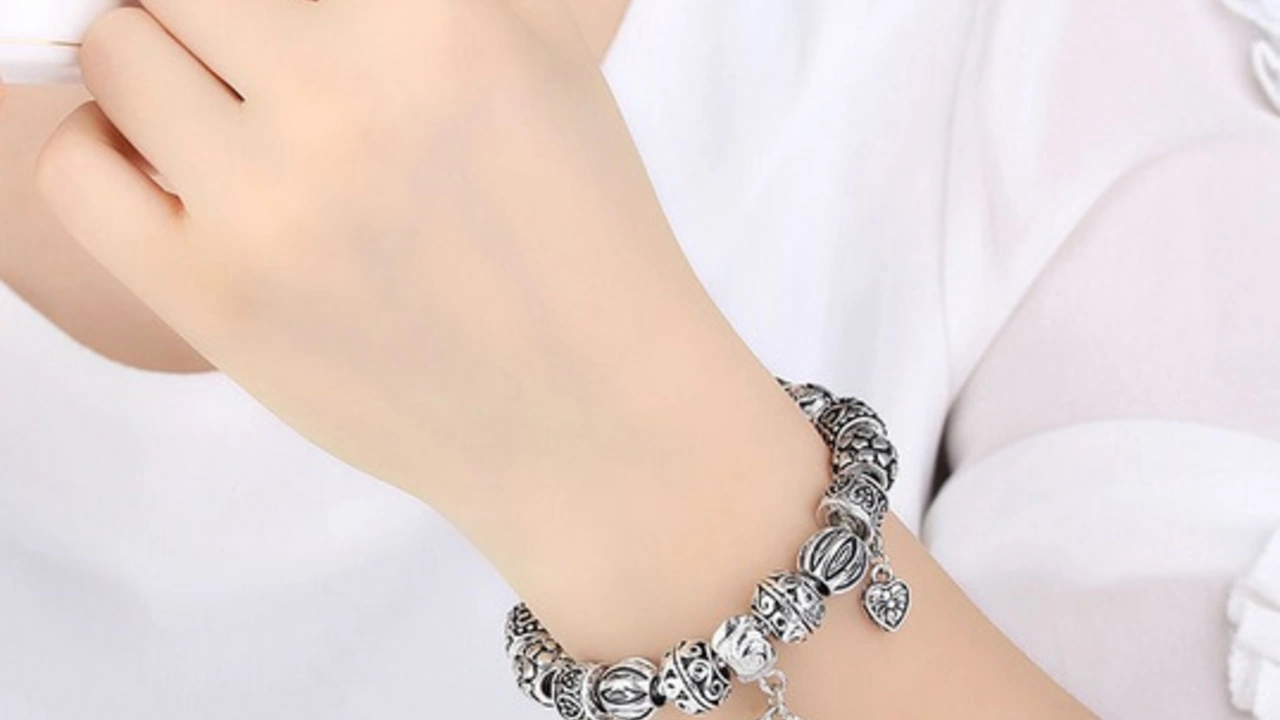29 Jul
2023
What does 925 R China mean on a gold coloured bracelet?

Understanding Jewelry Marks: 925 R China
Now, I'm just going to dive straight into this. I found myself in a predicament the other day. Handed down to me was an old gold coloured bracelet –so very intriguing! As I turned it over in my hands, my eyes took note of some imprinted text: 925 R China. Being a bit of a detail-oriented guy, naturally, I wanted to understand what it meant. Strangely enough, I couldn't find a comprehensive answer so thought, hey Kevin, why not embark on a little research project and share your findings with the world? Once I recovered from holding a conversation with myself, grinning like a fool, I dove into the intricate world of jewelry marks.
A Quick Jewelry Mark 101
You see, it wasn't until a couple of centuries ago that countries devised regulations necessitating jewelry makers to stamp their creations. Sounds like a serious episode straight out of CSI Jewelry, right? These legally required hallmarks, also known as jewelry marks, serve as a type of fingerprint for each piece. They indicate metal content, the maker's mark, and occasionally, the place and year of manufacture. Quite a bit of condensed information there on that little bracelet of mine!
Naturally, my curiosity was piqued; what could these three seemingly unrelated components plastered on my arm candy mean? Was there a long-lost Chinese dynasty that used bracelets as secret calling cards? Or was it just simply a product number? My journey into the archives began, and soon enough, the dots started to connect.
Demystifying "925"
So, brace yourself! The number 925 reveals the content of silver in the piece. My heart gave a little jig – silver! Who would have guessed? It's not just any silver, though. The number 925 means sterling silver, which is 92.5% pure silver by mass, and the remaining 7.5% usually involves other metals, like copper.
Now you must be thinking, why not pure silver? Well, pure silver is pretty soft, making it non-ideal for crafting intricately designed pieces of jewelry. Plus, left on its own, it's quite malleable and deforms easily. Call it delicate, if you will. To guild the lily, a little blend of durability is required in the form of other metals, thus creating what we now know as sterling silver.
The Mystery of "R"
Moving on, the journey takes us to R. An elusive character if there ever was one! Single letter codes were often used by manufacturers to indicate a specific item model or manufacturing process. So, in our case, this enigmatic 'R' could indicate the model of the bracelet or perhaps a specific element of its design.
Although I've made peace with the concept of proprietary manufacturing codes, a part of me still loves to romantically envision secret treasure map codes held by pirate captains of yore. No? Just me then. Moving on...
Decoding "China"
Finally, there was this straightforward "China," surely indicating the place of manufacture. This wasn't surprising since China is indeed a significant global hub for jewelry production.
But let's not ignore the elephant in the room – the gold color! Sterling silver, despite its charming allure, isn't gold. So arguably, the piece was likely plated with a thin layer of gold to give it that esteemed golden glow.
So folks, there it is! Putting the pieces together, "925 R China" means a gold-plated sterling silver bracelet, where 'R' identifies the model or a manufacturing process, and 'China' pinpoints the location where the magic happened. Let's not forget that these marks are a testament to quality; they assure you that your bracelet is not just any knockoff, but a piece crafted with precision and love.
Looking at my beloved bracelet again, it glowed with an entirely new charm. A swirl of history, geography, and metallurgy wrapped around my wrist. Next time when you find a piece marked with mysterious numbers and letters, remember that every mark tells a story.
Write a comment ( All fields are required )